The first trailer for Clair Obscur: Expedition 33 has old-school RPG fans around the world dreaming. The young French studio Sandfall Interactive arrives with a strong ambition: to deliver a modern turn-based role-playing game with a story as striking as the great Japanese names in the genre.
Add to that a memorable soundtrack that has been slowly being discovered over the past few months, and Clair Obscur: Expedition 33 seems to have all the ingredients of an RPG not to be missed. Is it really? No suspense, it's a resounding yes.
A universe with a unique identity
Clair Obscur: Expedition 33 takes place in a post-apocalyptic world shaken by the Fracture. Since this dramatic event 67 years ago, the last survivors of humanity can only see their extinction because of a strange entity, the Painter. Each year, she engraves a new number, one smaller, corresponding to an age on her Monolith. People of this age are then erased. The game starts with the Painter painting the number 33.
A new expedition, the 33rd, has the mission to prevent her from painting death for good. This particularly original synopsis was already fascinating even before the release of Clair Obscur: Expedition 33. Sandfall Interactive manages to depict – no pun intended – its unique world from the very first minutes of the game.
Lumière, a fractured version of Paris, instantly captivates us with its atmosphere between melancholy and French romanticism. Alice Duport-Percier, the singer responsible for the work's many compositions, instantly stands out with a theme partially in the language of Molière to accompany the first cinematic.
Fans of melancholic atmospheres like NieR or Final Fantasy X should find themselves immersed in Clair Obscur: Expedition 33 from the first to the last minute. Be careful, the world in which Gustave, Maelle and their friends evolve is also of a raw brutality immediately reminiscent of the violence of The Last of Us.
Dark as an FF…
The story of Sandfall Interactive's game sets us a clear objective from the start while skillfully managing to disseminate numerous mysteries linked to certain characters, places and phenomena in the universe. Our curiosity only grows as the adventure progresses, while our attachment to the expedition is strengthened thanks to particularly well-written dialogues. The game has many emotionally rich moments, especially in the last third of the adventure.
The only criticism that the game can sometimes sow confusion in our minds in a somewhat ostentatious way. Perhaps it would have been necessary to refine certain passages during which the characters' nebulous statements follow one another without others raising more than that many questions. A "Kingdom Hearts effect," so to speak.
The elaborate and complex story of Clair Obscur: Expedition 33 is particularly well enhanced by a dynamic staging worthy of modern AAA. The camera movements, the visual effects, the length of certain cutscenes: Everything is there to leave us speechless.
So much the better, because Clair Obscur: Expedition 33 has no shortage of cutscenes. There are, however, some minor dialogues that Sandfall Interactive has made the effort to fully dub. It's a shame that the facial animations stand out a little compared to the rest. Strangely, Maelle's facial movements appear less believable than those of the other characters. Despite this pitfall, Clair Obscur: Expedition 33, which runs on Unreal Engine 5, does honor to modern machines.
Clair Obscur Expedition 33 and its addictive combat system
The battles in Clair Obscur: Expedition 33 take place in a turn-based manner with a team of three characters. Each of them has a basic attack with which they accumulate AP. They can then use this to launch their own skills.
This is the first point on which the combat system of Clair Obscur excels: a character corresponds to a way of playing. For example, Gustave has the ability to accumulate electric charges up to a maximum of 10 thanks to certain skills. It's up to you to decide when you want to use his ability, knowing that the attack is devastating if you have 10 out of 10 charges.
Maelle, as a fencer, has skills that can evolve her role in combat. The defensive stance reduces damage taken, while the offensive stance increases damage dealt and received. Finally, the virtuoso stance, which is more difficult to access, triples the power of its attacks.
Verso gains rank when attacking the enemy. It therefore inflicts very little damage at rank D and proves devastating at rank S, knowing that its skills can trigger different effects or cost more or less AP.
No, Clair Obscur: Expedition 33 does not have as many playable characters as some JRPGs. However, the unique fighting style of each one prevents any form of repetitiveness and weariness in combat. Our heroes also gain consistency thanks to this, since their identity is thus reflected in what they embody in the story, but also in combat.
Obviously, it is also necessary to demonstrate great tactical sense to use each one's skills not only at the right time, but also in the right order to maximize their potential and create synergies. Moreover, the majority of skills require you to succeed in a QTE to take full advantage of their power. Too bad it's the same, regardless of the skill used.
...and Clear like Sekiro?
Attacking is one thing, but you simply won't get anywhere in Clair Obscur: Expedition 33 if you don't know how to defend yourself. It's strictly forbidden to put down the controller while waiting for your opponents to perform their attacks and then dive back into the fight when it's your turn to play.
Clair Obscur: Expedition 33 requires you to parry or dodge enemy attacks. The parry timing is tight, but more generous when you succeed, since you recover AP. Above all, you will be able to counter if you manage to parry the entire sequence of opponent's blows. Dodging is easier to perform and necessarily less rewarding.
After a few hours of play, enemies will be able to perform special attacks indicated by a yellow marker. At this point, a third key comes into play: the jump key. Another mechanic is the Gradient parry, which is absolutely essential when your opponent performs an attack of the same type (the screen goes black and white).
The game therefore requires two things from you: to be able to read your enemies' patterns and to memorize their moves. The further you progress in the game, the more dangerous the pests become since they can chain 5, 6 or 7 strikes in a row and mix classic attacks, Gradient and moves requiring you to jump.
Sandfall manages to find a particularly good balance between reading the pattern and memorization. As a result, when you find yourself facing a monster that has already been defeated several times, you can react without too much difficulty to its attacks. On the other hand, a new boss or mini-boss will require a little adaptation, without this meaning that you will have to try several times to triumph.
Indeed, the balance is quite accurate so that you don't end up six feet under at the slightest unparried blow, even in Expert mode. It is therefore possible to learn the pattern of a mini-boss or a boss over the course of a fight without needing more tries to defeat it. Of course, those familiar with Souls, or more specifically Sekiro or Lies of P, should have an easier time doing this.
However, it's generally necessary to literally read the on-screen instructions to know which attack is coming next. The game specifies whether your enemy plans to attack slowly, strike the ground, or jump on you from afar to help you see things more clearly. Without these instructions, it would sometimes be very difficult to parry or dodge simply by watching your opponent's movements. You also need to learn which attack is linked to which line of text to be sure you'll be able to successfully parry and dodge at the right time. A way of doing things that probably won't please everyone.
Superbly staged clashes
If it's so satisfying to successfully parry and counter, it's also thanks to excellent visual and audio feedback. The impact of the movements goes through the controller and the soft sound of a successful parry and a well-placed counter is particularly exciting.
The game is very generous with automatic saves: there's nothing prohibitive about missing out and seeing your group perish. They intervene at the slightest of your actions: after a victory, when picking up an object or arriving in a new area. You can therefore chain, die and start again.
The shower of visual effects and the dynamism of the camera during the fights, clearly inspired by Persona and Metaphor: Refantazio, make the fights extremely spectacular. The interface is also a model of the genre not only for its aesthetics, but also because there's no need to scroll through menus. Every action, from skills to items, is assigned to a key. You'll probably be surprised at how quickly you'll be able to perform the maneuver of your choice after a few hours of play.
Note that Chiaroscuro: Expedition 33 takes inspiration from Souls on another level: that of items. Healing, resurrection, and AP potions automatically recharge at rest points. No more hunting for items typical of Final Fantasy or even more recent JRPGs, which we think is a very good choice. Be aware, however, that these rest points, found throughout the dungeons, also make enemies reappear.
In combat, you can also perform free-aim shots to hit your opponents' weak points. One might think that this mechanic is superfluous and that the game doesn't need it to shine. However, Sandfall pushes us to use it very skillfully. Flying enemies can be hit almost exclusively in this way, while some bosses require the use of aim in rather original ways.
Chiaroscuro doesn't ignore the traditional elemental effects, buffs, and debuffs typical of JRPGs. Burning is particularly important since you can stack it to inflict damage on each of the enemy's turns.
An exciting rise in power
A good role-playing game must have successful progression mechanics, and Clair Obscur: Expedition 33 also excels in this regard. Each character has their own skill tree with non-linear progression. Some perks are harder to acquire than others because they are further down the tree, but also because they cost more. It's up to you to decide whether you want to keep the skill points you gain each time you level up and accumulate them to acquire the most powerful and expensive abilities as soon as possible.
Be careful, each character can only equip six skills at a time in combat, while there are around twenty per member of the expedition. In any case, you won't be able to unlock the entire skill tree for a good fifty hours of play.
Furthermore, characters gain three attribute points with each level-up. It's up to you to distribute them where you want: HP, Strength, Agility, Defense, and Luck (which increases the chances of inflicting critical hits). It's rather pleasant to be able to shape your characters as you wish with even more freedom than a Metaphor: Refantazio allows.
Rebelote, Chiair Obscur borrows a mechanic from FromSoftware games: weapon scaling. Combat equipment is linked to two attributes (Agility and Luck, for example): the more points you invest in it, the more the attack power increases. You will recover weapons very regularly during your epic. You have to pay close attention to their active and passive effects to find the one that best suits your playstyle. Of course, you can upgrade them with the right resources.
Always more skills
Since the Montpellier studio is made up of Final Fantasy fans, it was only natural that a progression mechanism be inspired by one of Square Enix's cult games. The skill system is very reminiscent of that of FF9.
You can equip three objects, called Pictos to stay in the painting theme, per character. These Pictos not only allow you to increase your characters' stats, but also to learn Luminas, meaning offensive, defensive or support bonuses. There is a wide variety of Luminas: Life Steal allows you to heal yourself while attacking, Initiative allows you to play first or Recovery allows you to regain 10% of health at the start of your turn.
After four fights won with a Picto, the linked Lumina is permanently learned by the entire team. You therefore no longer need to equip it to benefit from its bonus. Be careful, activating a Lumina has a cost: you must therefore make choices in order to know which ones to assign to your character. Another way to shape each member of the expedition as you see fit.
Assigning the right Luminas to the right characters also contributes to the creation of more than interesting synergies. In Clair Obscur: Expedition 33, the fun doesn't just come from the clashes, but also from the preparation for them. If you play on Expert mode, the highest difficulty mode ahead of Story and Expedition, you'll probably spend a lot of time in the menus.
Another aspect of your heroes that you can customize is their appearance. There are many outfits and hairstyles to collect in the game from merchants, by winning certain battles or by completing mini-games.
Environments full of surprises
The objective of Expedition 33 is clear: eliminate the Painter. To achieve this, the group will traverse numerous zones across the continent. The human-level particle effects and fragmented scenery overhead create a sensational atmosphere, as does the interweaving of plant and crystalline elements. Of course, the music contributes greatly to the character of these environments, but it is worth devoting a specific passage to the soundtrack of Clair Obscur: Expedition 33 a little later in this review.
The first dungeon of the game had reason to worry a little about the linearity of the areas to be explored. Chiair Obscur is a more than positive surprise in this regard. The further you progress in the adventure, the more the environments become vast, complex, and gain in verticality thanks to the grappling hook. Exploration is enjoyable and, above all, very rewarding thanks to the objects, merchants, and mini-bosses scattered here and there.
RPG fans should enjoy combing through each area. Moreover, Sandfall Interactive had the very good idea of not including a compass or mini-map. The total absence of an interface during exploration is not only immersive, but it also disrupts the player's bearings. It's difficult to realize the extent of an area and the possible "corridors" it contains without a map displayed on the screen. Exploration thus proves more natural and rewarding for the player who will have managed to detect the hidden paths. Platforming phases are part of the ideas that punctuate exploration, although they don't reinvent the wheel.
It's not the end of abundance
Fans of Final Fantasy 7, 8and 9 will certainly appreciate that Chiaroscuro: Expedition 33 includes a world map, an element missing from the much-maligned Final Fantasy 16. It's thanks to this that you'll be able to move from one place to another. Are you expecting a basic world map primarily there to awaken players' nostalgia? Think again. While not as extensive, it's worthy of the PS1's FF thanks to the impressive number of main and side locations to visit.
The world map is also teeming with enemies, mini-bosses, and bosses to face. Or rather, to discover, since you have to keep your eyes open to find them. So yes, Sandfall uses color swapping to densify its content. This doesn't prevent you from having fun in combat given the attack variants available to already known opponents and especially the rewards at stake.
It is also worth possessing the powers of a strange entity named Esquie. These are the ones that will allow you to access new places as the adventure progresses. What a pleasure to see that new environments open up to us when Esquie evolves, like when we recovered a new means of transport in the Final Fantasy of the time (or in FF7 Rebirth).
Sandfall Interactive surprises not only by the quantity of dungeons to discover from the world map, but also by the diversity of the places. Sometimes a boss to face, sometimes a mini-game focusing on platforms, sometimes a long dungeon closely linked to the main story: the studio never stops satisfying the player.
Open your ears wide
It is impossible not to mention the majestic soundtrack of Clair Obscur Expedition 33. Composer Lorien Testard and singer Alice Duport-Percier treat us to simply exceptional music. The themes sung with lyrics that are far from trivial are truly beautiful, starting with Alicia, the centerpiece of Clair Obscur.
The game also surprises us with the great diversity of its compositions. We go from more melodious sounds to jazz or even electro pieces depending on the situation. In addition, the variety of combat themes is particularly pleasant. It is rather rare to hear such melancholic pieces during battles, even in more modern turn-based RPGs. Clair Obscur: Expedition 33 takes the gamble brilliantly, embracing its unique atmosphere to the very end.
Of course, the French dubbing is also to be commended thanks to the work of renowned voice actors like Adeline Chetail and Féodor Atkine. A joy for the ears from the first to the 30th hour if you decide to play through the game in a straight line. Count more than double to do everything in Expert mode.
The game is available on PC (Steam), PS5 and Xbox Series this April 24. Clair Obscur: Expedition 33 is included in Xbox Game Pass from its launch.

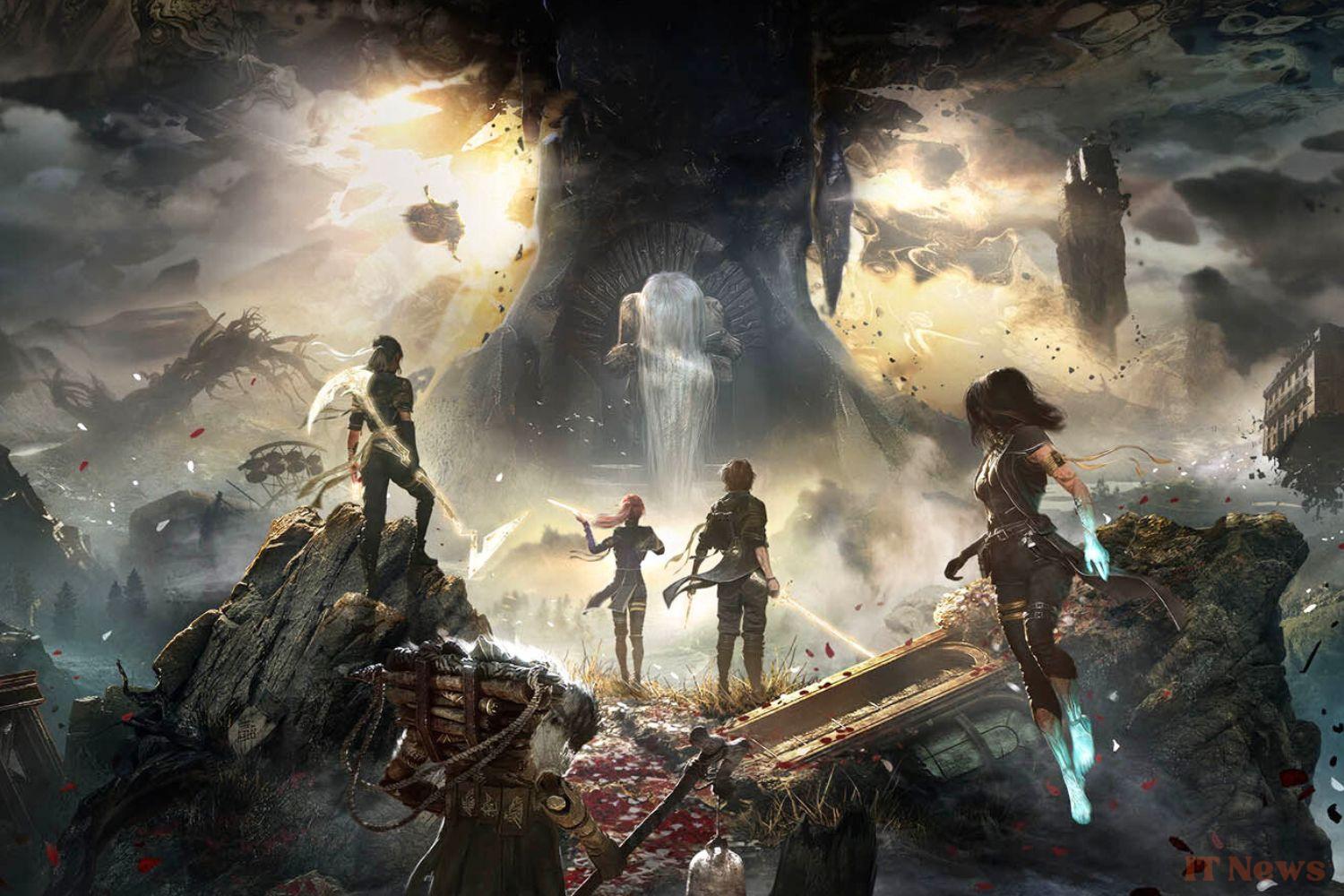
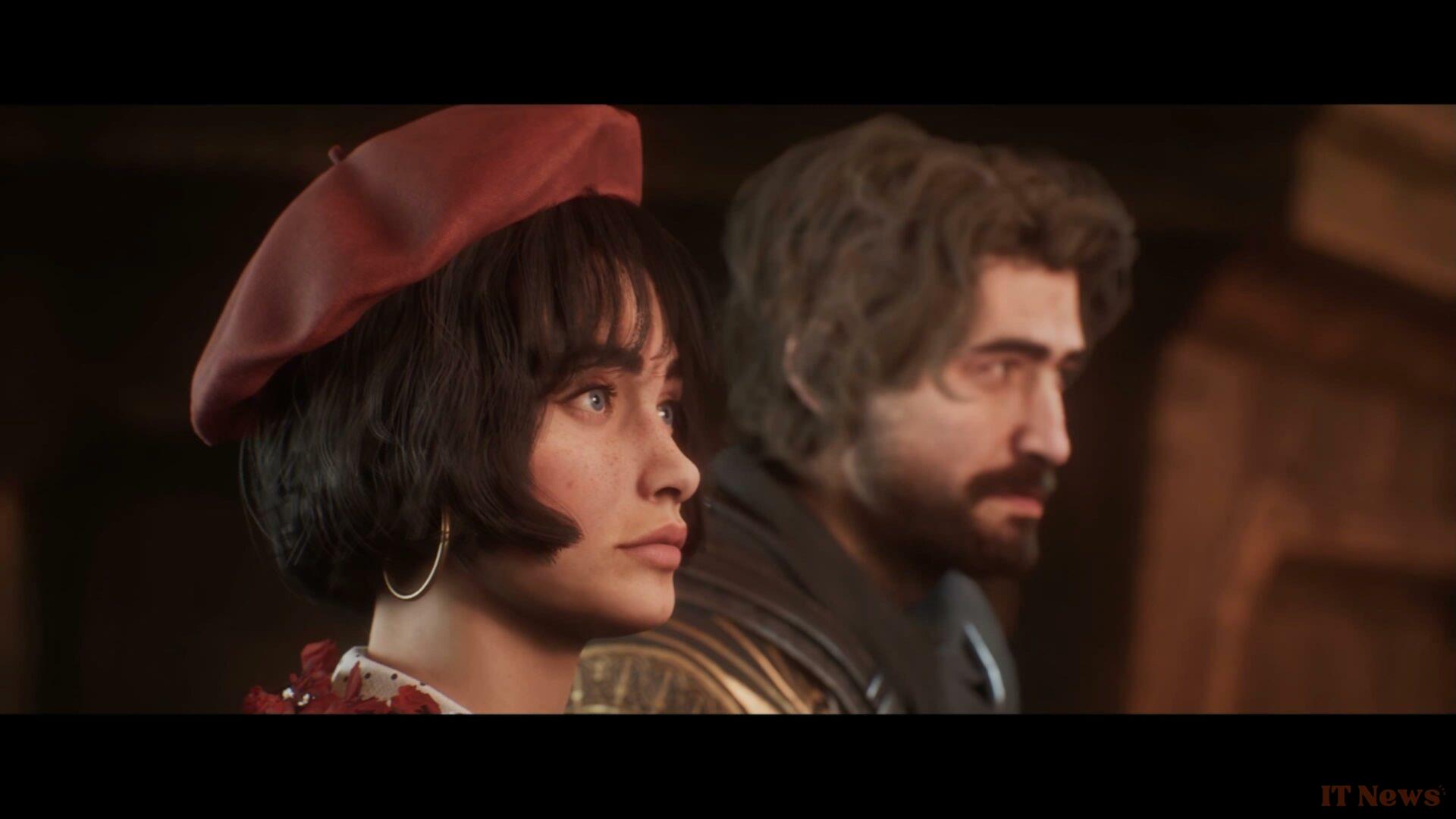
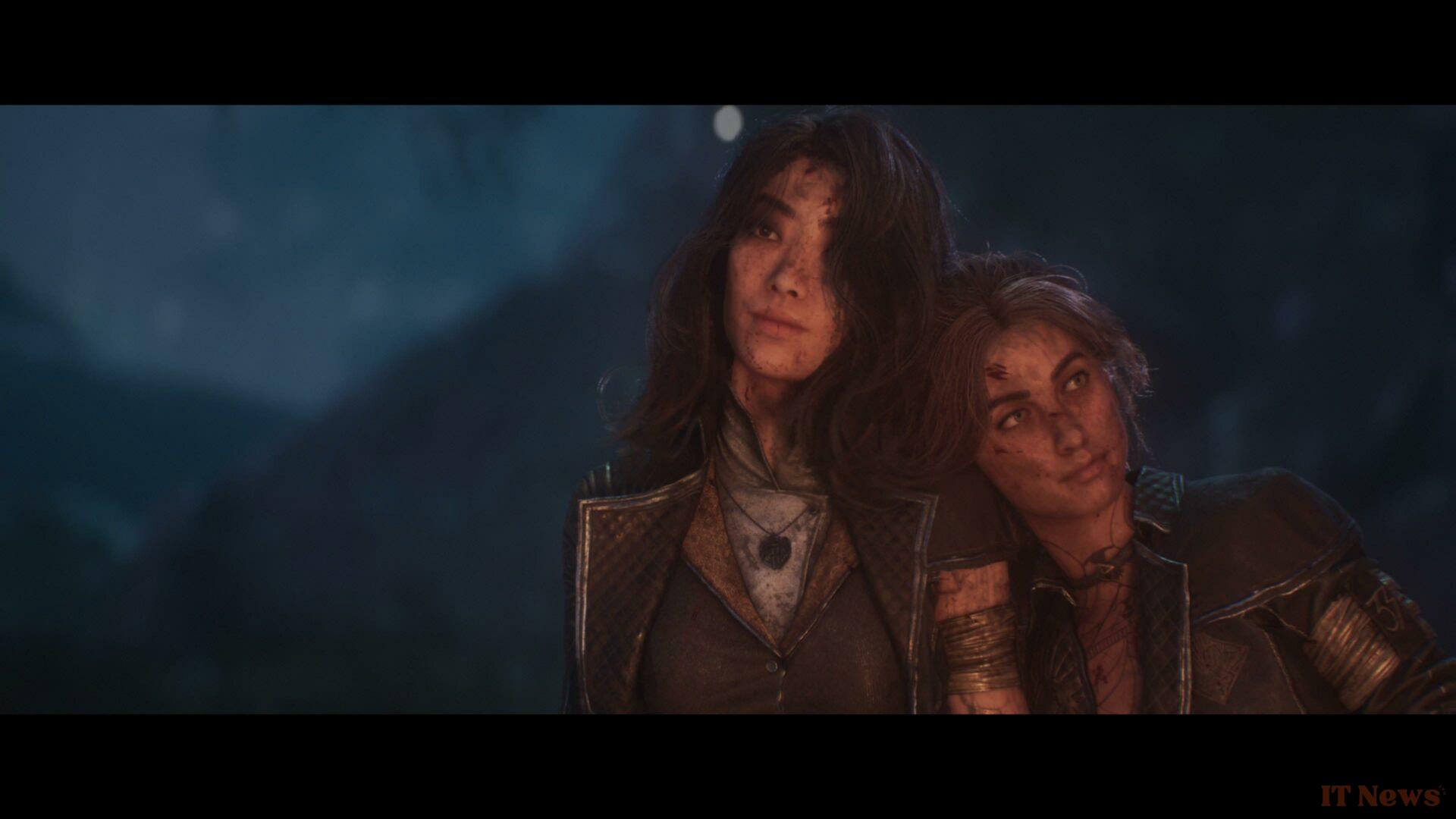

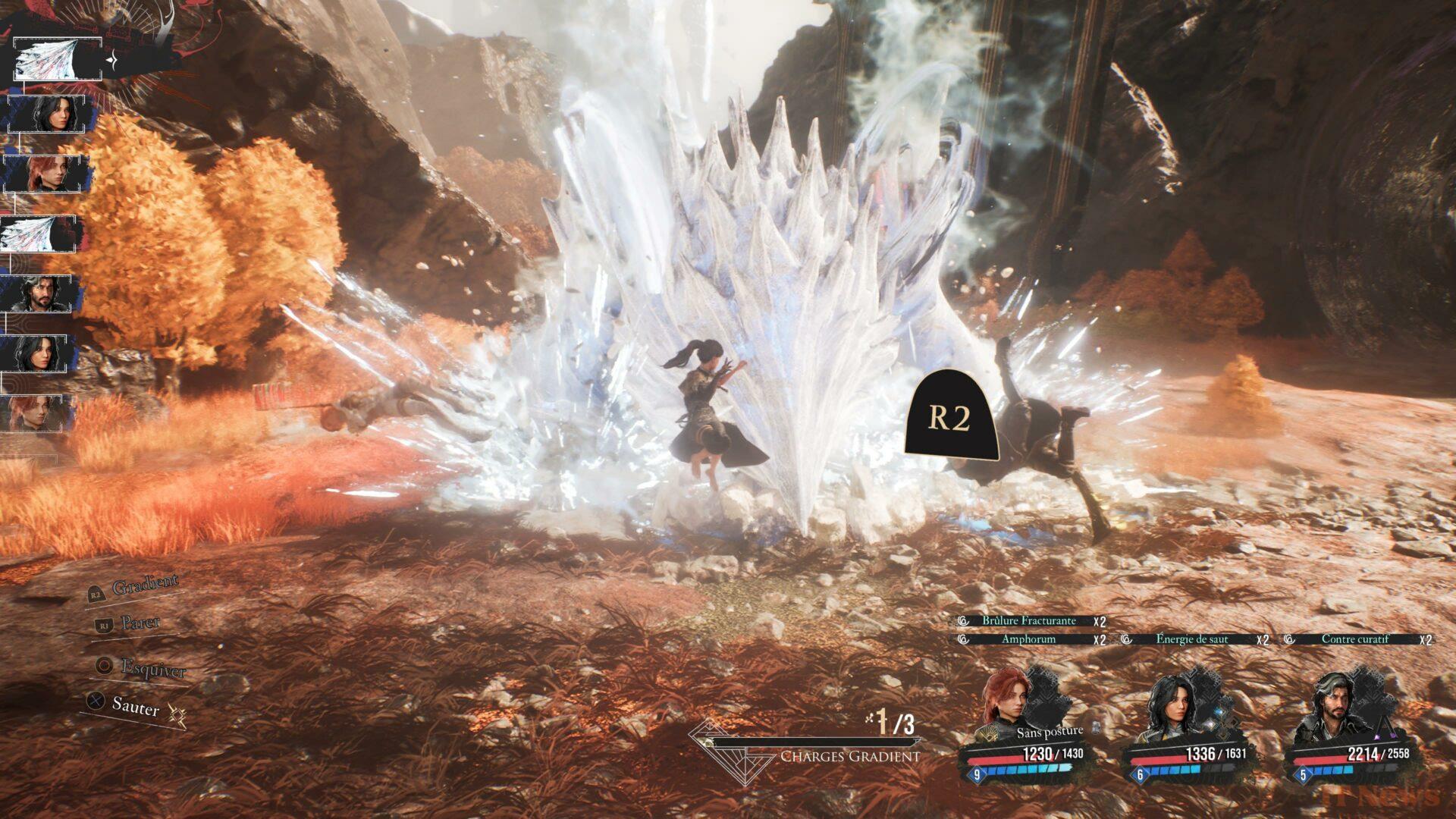

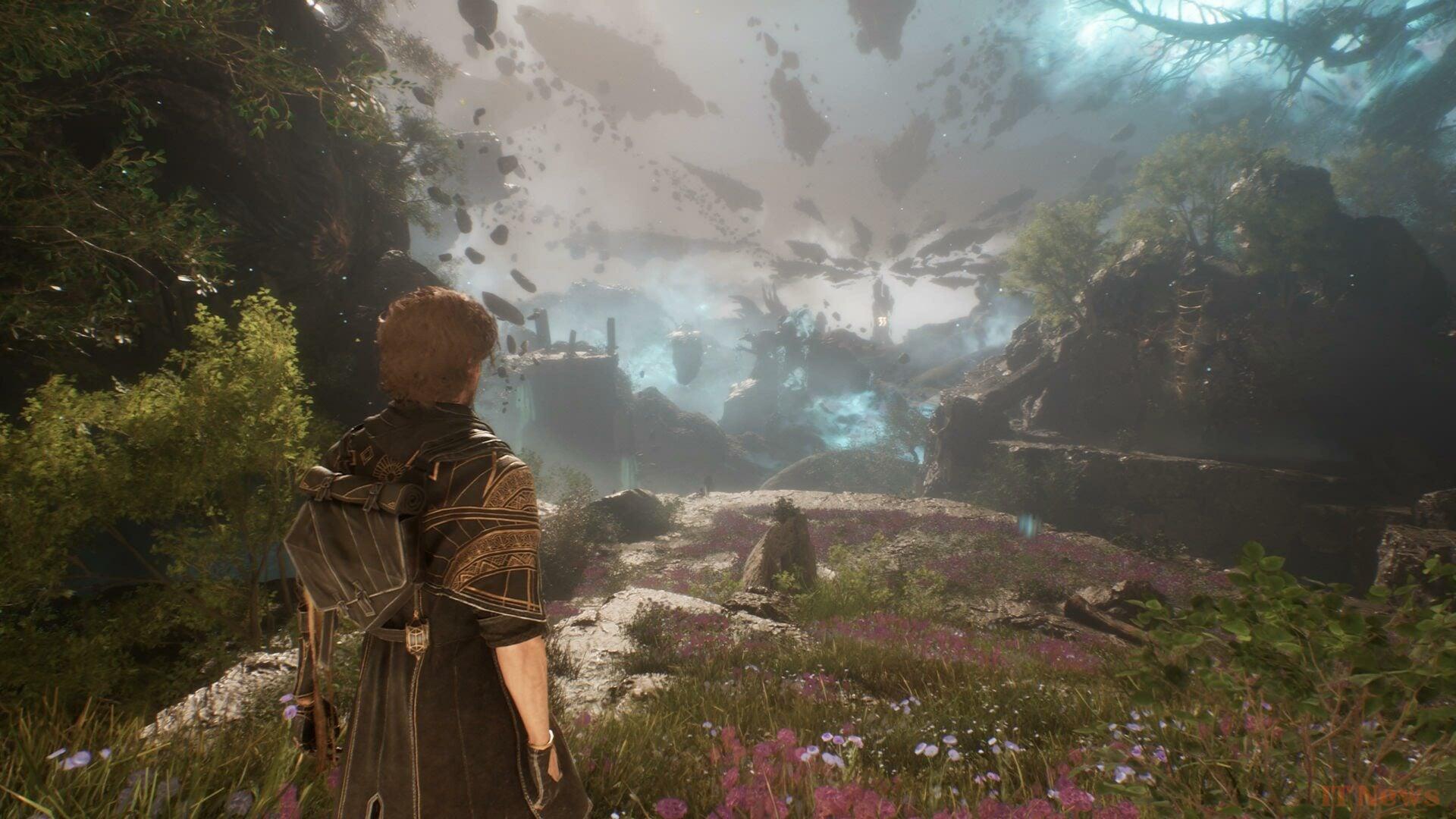
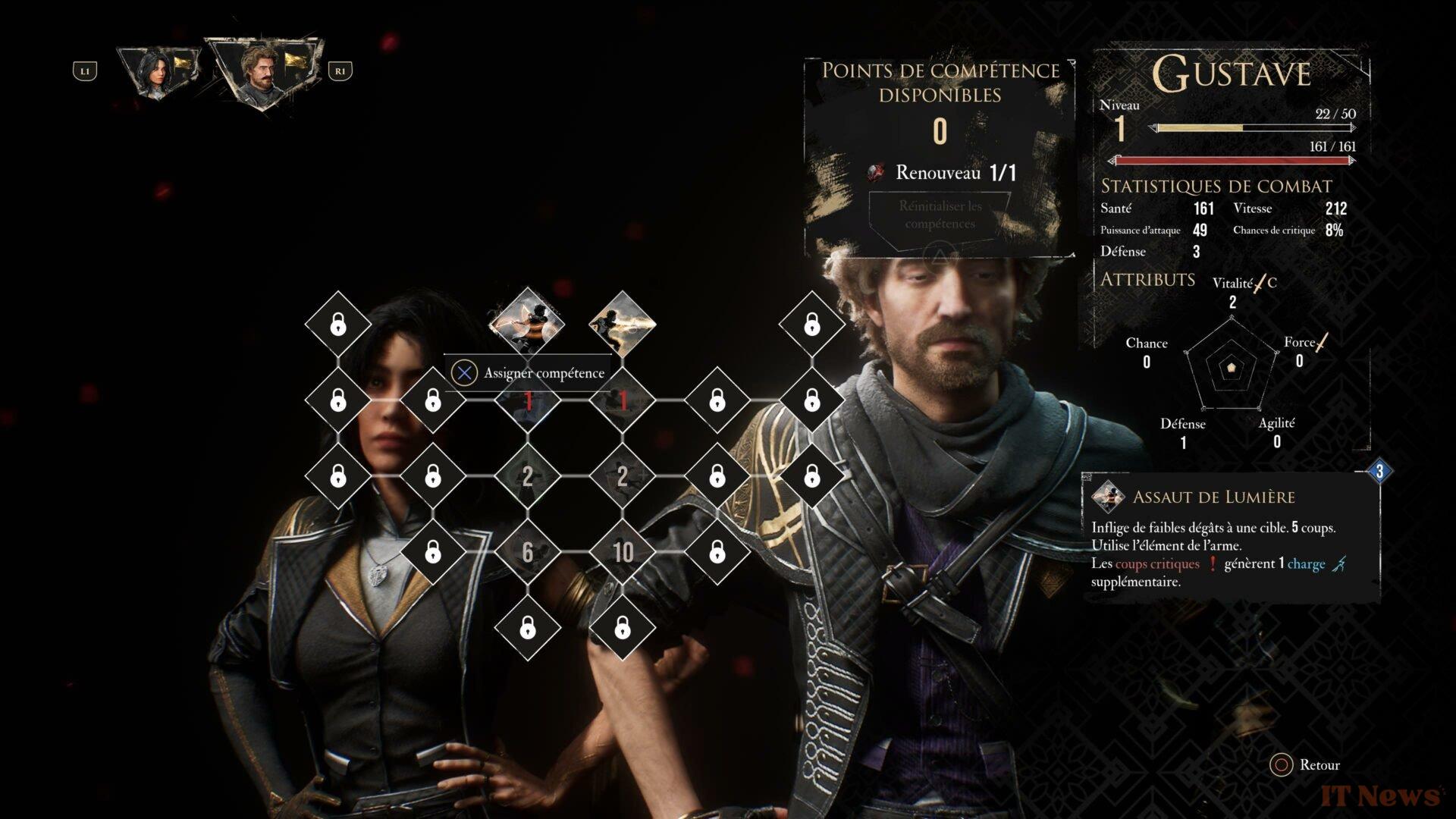
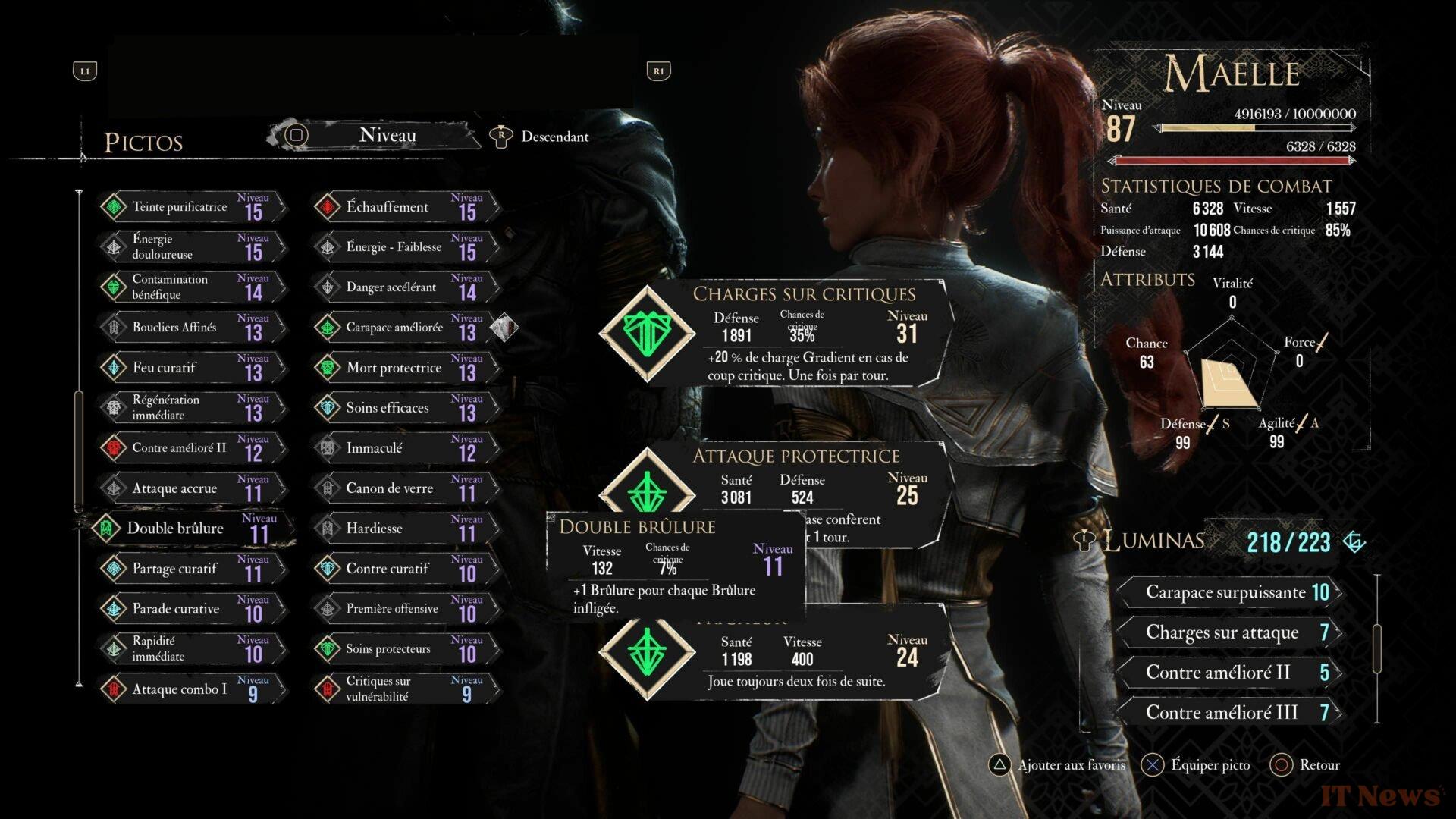
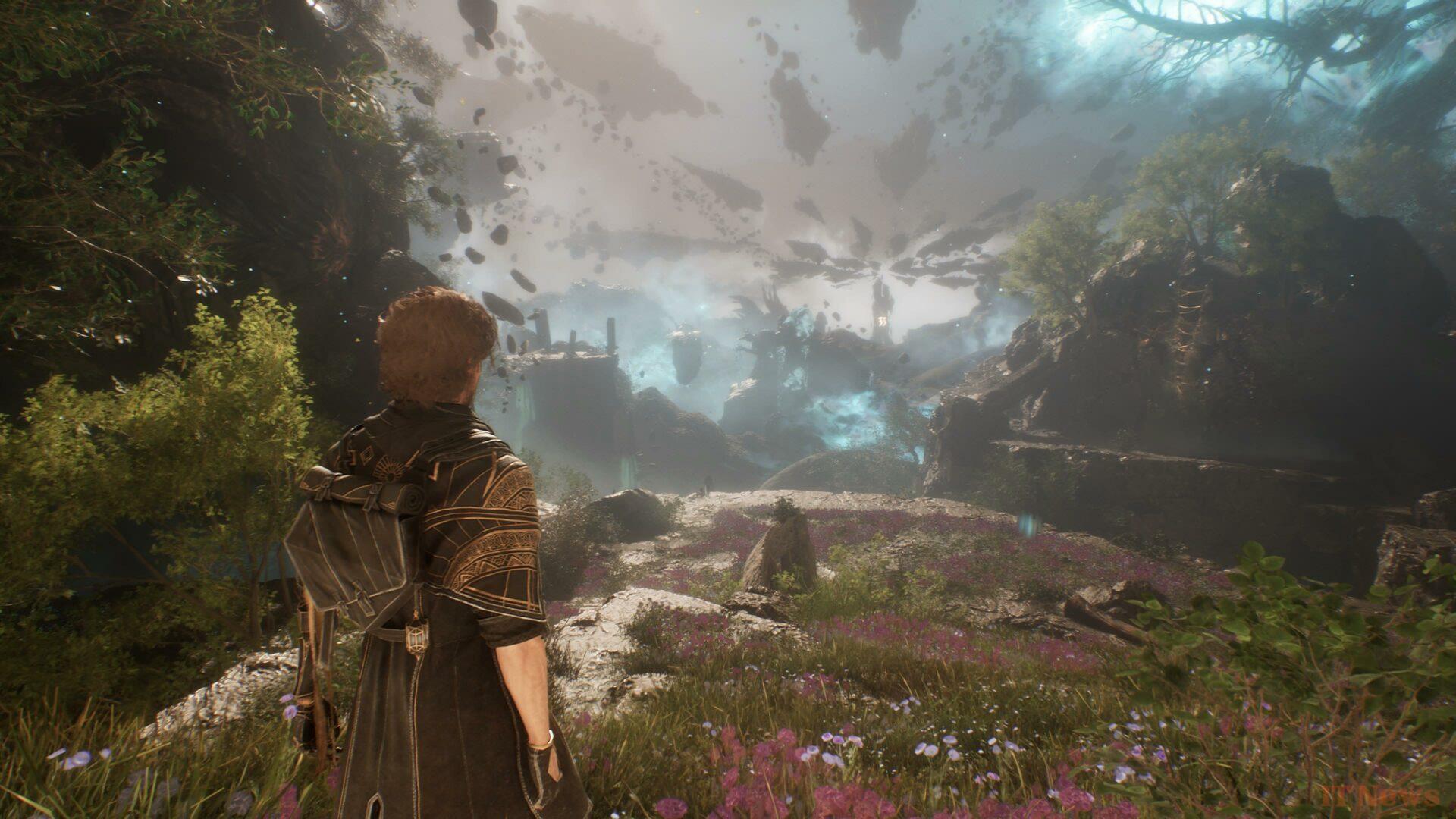
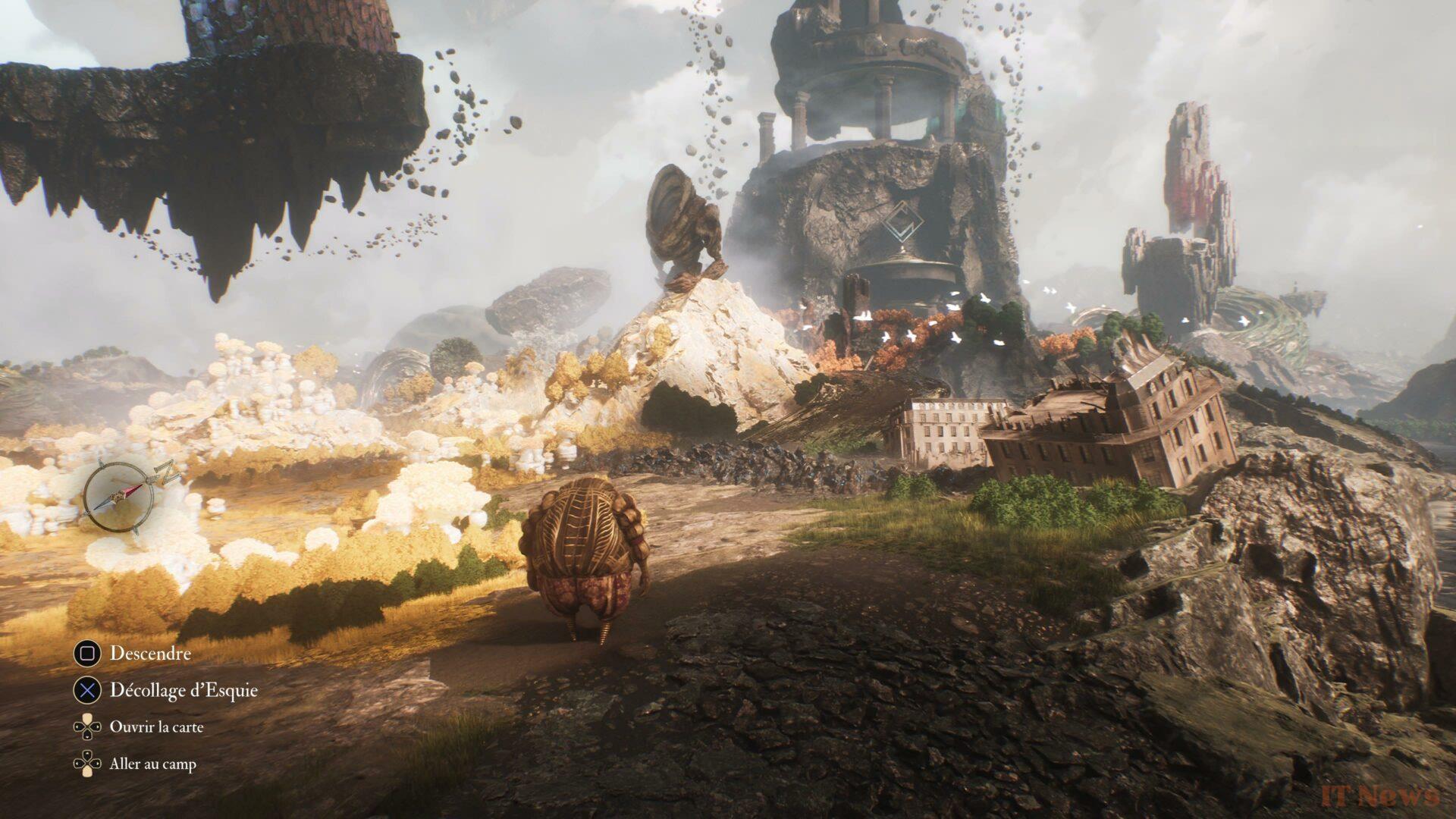
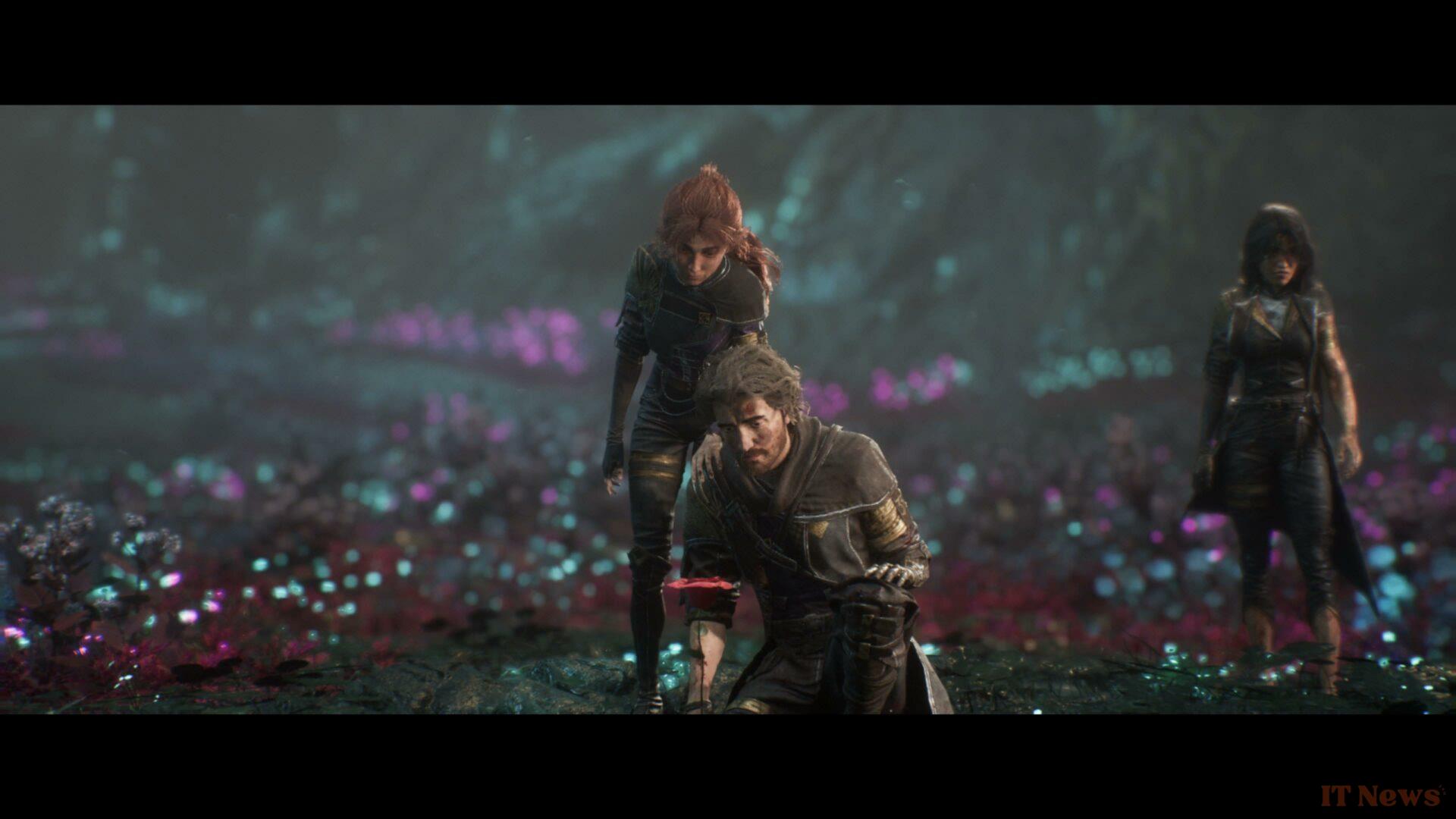

0 Comments